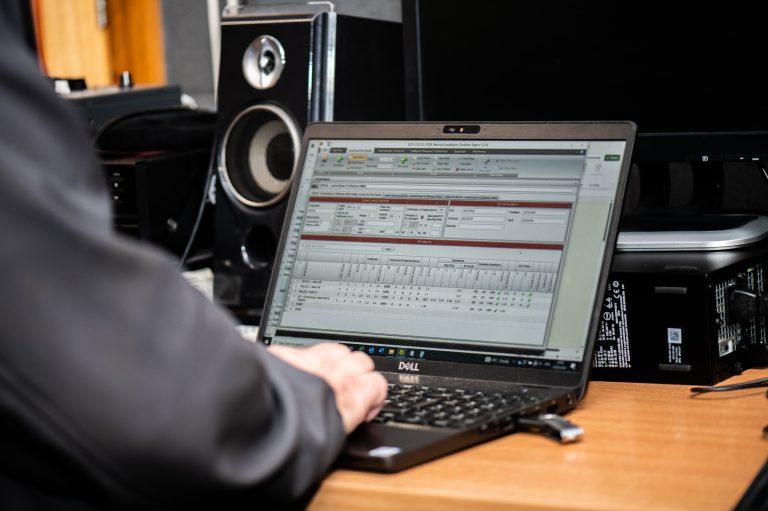Have you ever wished for a super-power that that could help predict electrical failures?
Fixing something just before it breaks is always more cost-effective than post-failure repair. By the time something fails, in addition to the cost of repair / replacement, there is the cost of impact; at best, a few hours lost productivity, at worst, extensive systemic damage.
Sometimes electrical failure is due to human error or accident, but often electrical failure starts with loose connections, damaged insulation or contamination, which results in resistance in the wrong place, which is something that can be detected in advance.
Increasing resistance typically creates heat, which emits infrared light. Invisible to the naked (human) eye, thermographic cameras capture images based on infrared light, which are converted into the visible colour-spectrum to create images we can see, interpret and use to immediately identify suspicious ‘hot-spots’.
Thermographic Surveys
An experienced thermographer can quickly identify areas with temperatures outside of the expected ranges and can even recognise the likely cause of the increased resistance.

Ashley, our dedicated thermographic expert recently conducted a routine thermographic survey at a commercial office space in Central London.
Reveal Hidden Dangers
A visual inspection of one of the distribution boards appeared normal; there were no signs of melting or discolouration. However, the thermographic image (see above) instantly identified one of the breakers to be at a significantly higher temperature than the surrounds.
The on-site Facilities Manager confirmed that this particular breaker is for an A/C extractor not used during the winter months. High temperatures of over 50C for a circuit not in use is immediately indicative of an issue, probably a defective breaker.
Preventative Maintenance
The Facilities Manager is now able to arrange for the appropriate remedial repair at a relatively low cost, with minimal impact on the workplace and he has time and on his own timescales.
Without this survey, the most likely outcome would have been that the fault would lie unidentified until the summer months, when the extractor system would be turned on and would probably overload the circuit, which would fail.
Whilst the electrical fix would probably be the same, waiting until it went wrong would almost certainly result in a period of disruption whilst the source of the failed extractor was identified and rushing to find suitable engineers available to repair it, as well as not gaining the benefits of the extraction. Naturally, Murphy’s Law dictates that all of this would also happen at the most inconvenient time.
Make life easy for yourself – use preventative maintenance to save time and money.
Do you have hidden dangers in your wiring? Book a Thermal Survey



